- Home
- Prelims
- Mains
- Current Affairs
- Study Materials
- Test Series
Jan 29, 2022
SPOT-BILLED PELICANS DYING EN MASSE IN NAUPADA SWAMP
Recently, nematode infestation has led to mass mortality of adult spot-billed pelicans at Telineelapuram Important Bird Area (IBA) in Naupada swamp of Srikakulam district, Andhra Pradesh.
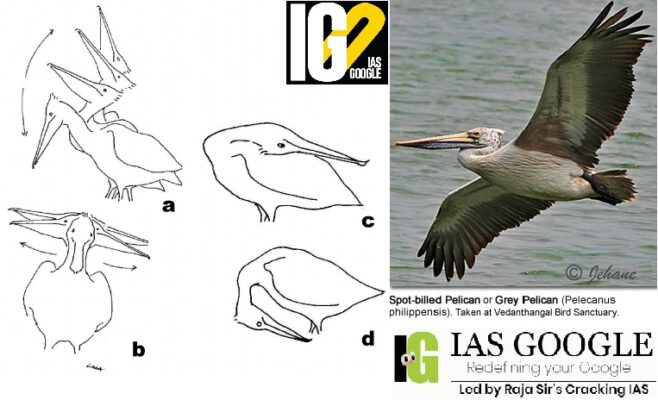 Spot-Billed Pelicans:
Spot-Billed Pelicans:
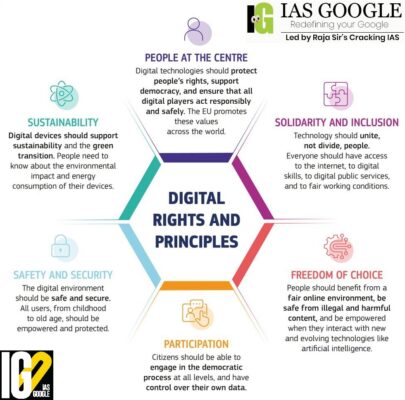 Digital Rights & Principles:
Digital Rights & Principles:
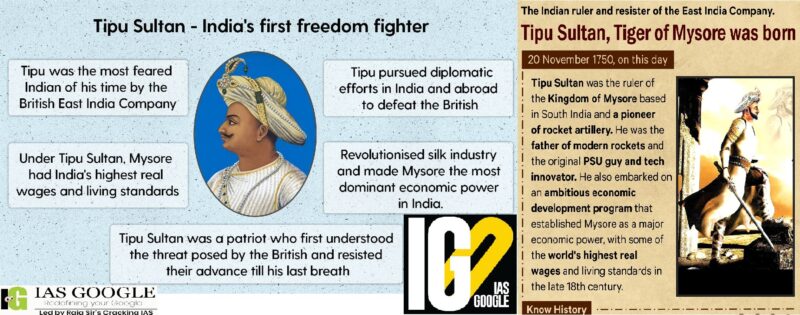 What is the Issue?
What is the Issue?
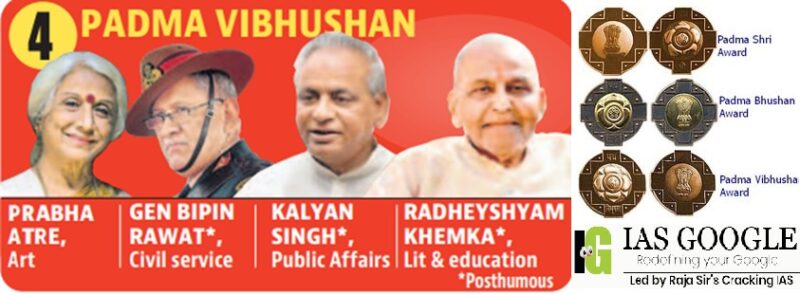 Padma Awards:
Padma Awards:
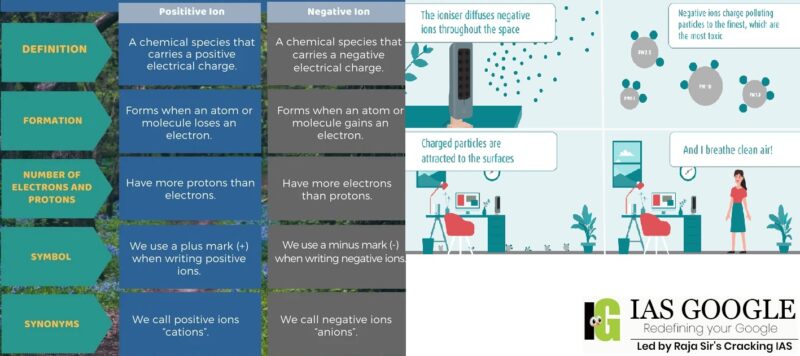 Negative Ion Technology:
Negative Ion Technology:
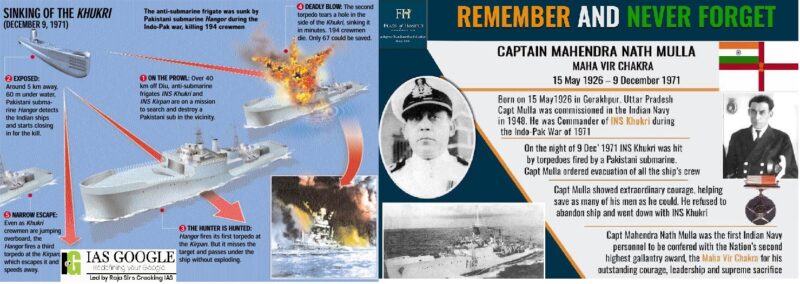 INS Khukri:
INS Khukri:
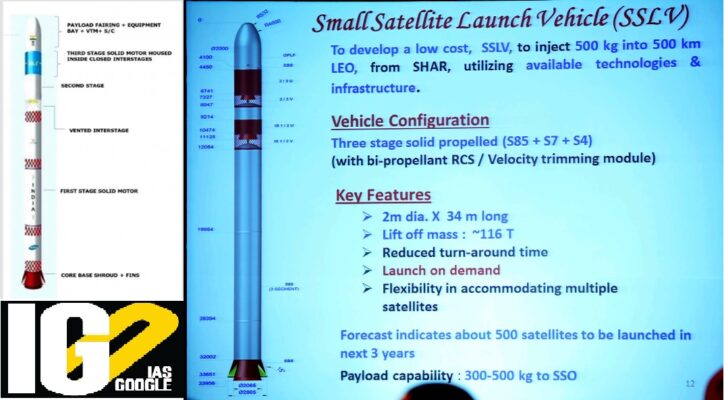 SSLV:
SSLV:
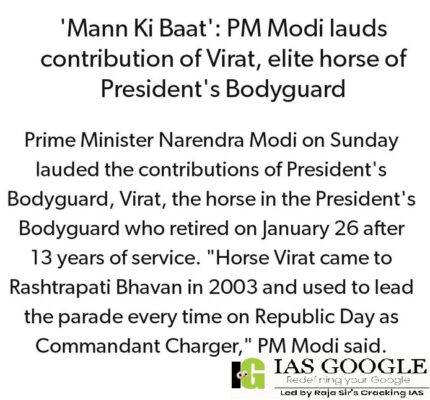 COAS Commendation Card:
COAS Commendation Card:
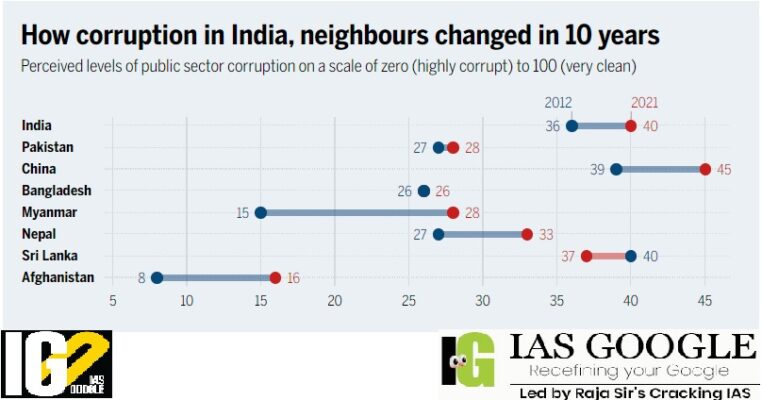 Highlights:
Highlights:
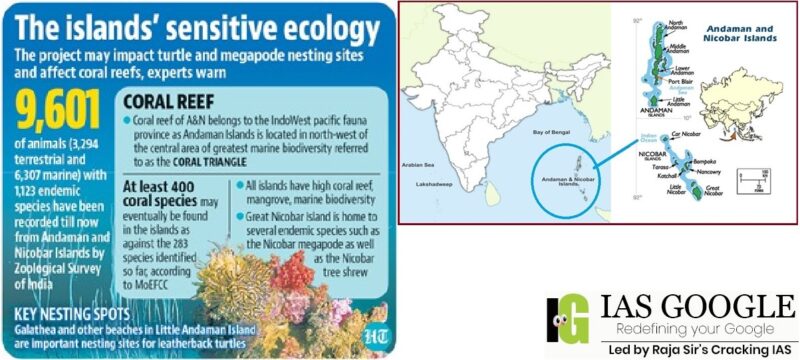 Great Nicobar:
Great Nicobar:
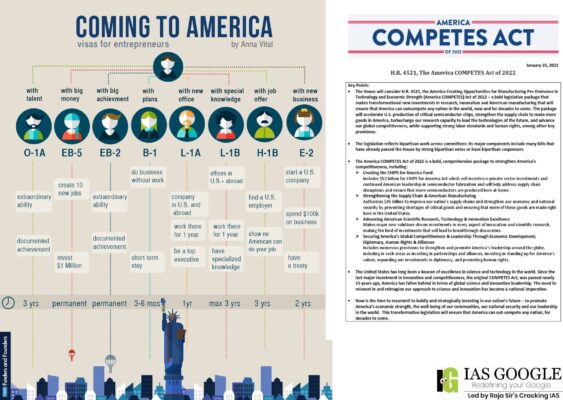 Competition Act 2022 about?
Competition Act 2022 about?
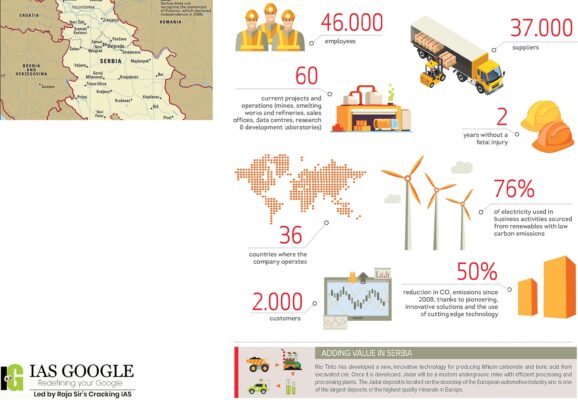 Genesis of the protest:
Genesis of the protest:
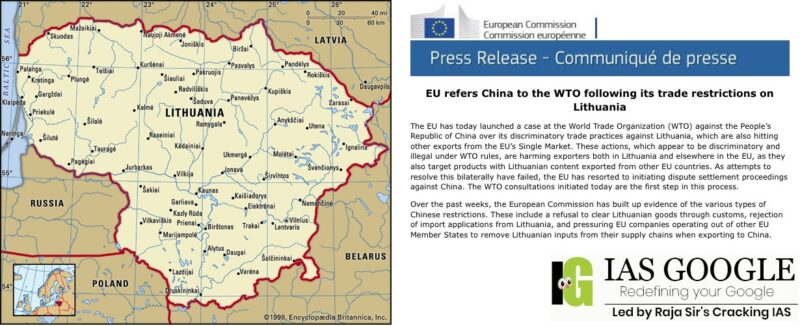 Location of Lithuania:
Location of Lithuania:
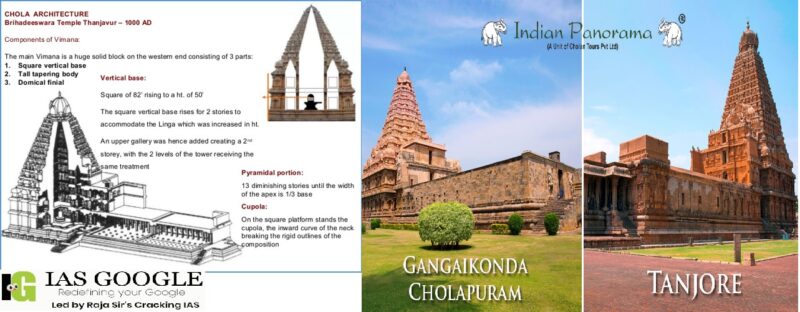 Gangaikondacholapuram:
Gangaikondacholapuram:
 Spot-Billed Pelicans:
Spot-Billed Pelicans:
- The spot-billed pelican belongs to the family Pelecanidae.
- Habitat: The species roost in trees near water bodies like: ponds, lakes, streams and rivers.
- The adult pelican has a dull white head and neck.
- The feathers on the hind neck are curly and form a grayish nape crest.
- The tail is brownish & the pouch is pink with speckles.
- The upper mandible carries speckles.
- The tip of the bill is orange.
- The breeding population of these species is limited to India, Sri Lanka and Cambodia.
- In the non-breeding season, they are recorded in Nepal, Myanmar, Thailand, Laos and Vietnam.
- The global population of the species is around 13,000 to 18,000 individual birds.
- Threats: habitat loss, fishing activities, poaching of chicks and eggs, agricultural pollutants and silting up of water bodies.
- IUCN Status: Near Threatened.
 Digital Rights & Principles:
Digital Rights & Principles:
- Aim: To protect people's rights, support democracy and ensure a fair and safe online environment.
- They cover digital devices, ensuring green transition goals, with environmental impact and energy consumption.
- The declaration establishes that what is illegal offline should be illegal online for all people.
- It will focus on technological solutions, respect people's rights and promote inclusion.
- They will provide a guideline for policymakers and companies when dealing with new technologies.
 What is the Issue?
What is the Issue?
- The present controversy is over a playground located in the Muslim-dominated area of Malwani in the Western Suburb of Malad.
- Mumbai Suburban Minister is planning to name a playground in the Muslim-dominated area of Malad after Tipu Sultan.
- However, the protestors believe that naming a ground after Tipu Sultan is not fair as he was responsible for the deaths of a large number of Hindus.
- Tipu Sultan was born in 1750, Devanhalli, India.
- He was also known as sultan of Mysore, who won various wars of the late 18th century in southern India.
- Tippu was instructed in military tactics by his father, Hyder Ali, who was the Muslim ruler of Mysore.
- He fought against the Marathas on several occasions between 1775 and 1779.
- During the second Mysore War he defeated Col. John Brathwaite on the banks of the Kollidam River in 1782).
- He succeeded his father in 1782.
- In 1784 concluded peace with the British and assumed the title of sultan of Mysore.
- In 1789, however, he provoked British invasion by attacking their ally, the raja of Travancore.
- By the Treaty of Seringapatam (March 1792) he had to cede half his dominions.
- The governor-general, Lord Mornington launched the fourth Mysore War (1798–99).
- Seringapatam, Tipu’s capital, was stormed by British-led forces on May 4, 1799.
- He died on May 4, 1799.
- Introduced a number of administrative innovations during his rule, including his coinage, and a new Mauludi lunisolar calendar.
- Devised a land revenue system based on detailed surveys and classification, in which the tax was imposed directly on the peasant, and collected through salaried agents in cash, widening the state’s resource base. This initiated the growth of Mysore silk industry.
- Modernised agriculture, gave tax breaks for developing wasteland, built irrigation infrastructure, and promoted sericulture.
- Built a navy to support trade, and commissioned a ‘state commercial corporation’ to set up factories.
- He organised his army on based on the European model with Persian command.
- He created a Board of Admiralty in 1796.
- As Mysore traded in sandalwood, silk, spices, rice and sulphur, some 30 trading outposts were established.
- Expanded the iron-cased Mysorean rockets and commissioned the military manual - Fathul Mujahidin.
- He was considered a pioneer in the use of rocket artillery as he deployed the rockets against advances of British forces and their allies in their 1792 and 1799 Siege of capital Srirangapatnam in the Fourth Anglo-Mysore War. However, he was killed in this battel.
- Gita Press chairman Radheyshyam Khemka and renowned vocalist Prabha Atre were also honoured with the award.
- The government announced 128 Padma awards on the eve of Republic Day, including 17 Padma Bhushans and 107 Padma Shri honours.
- Thirty-four of the awardees were women.
 Padma Awards:
Padma Awards:
- The Padma Awards are one of the highest civilian honours announced annually on the eve of Republic Day.
- It recognizes achievements in all fields of activities or disciplines where an element of public service is involved.
- The award is normally not conferred posthumously.
- However, in deserving cases, the Government could consider giving an award posthumously.
- The awards are presented by the President of India usually in the month of March/April every year where the awardees are presented a certificate signed by the President and a medallion.
- The recipients are also given a small replica of the medallion, which they can wear during any ceremonial/State functions etc.
- The names of the awardees are published in the Gazette of India on the day of the presentation ceremony.
- The total number of awards to be given in a year should not be more than 120.
- The award does not amount to a title and cannot be used as a suffix or prefix to the awardees’ name.
- Government of India instituted two civilian awards-Bharat Ratna & Padma Vibhushan in 1954.
- The latter had three classes, namely Pahela Varg, Dusra Varg and Tisra Varg.
- These were subsequently renamed as Padma Vibhushan, Padma Bhushan and Padma Shri on January 8, 1955.
- Padma Awards are announced every year on the occasion of Republic Day except for brief interruptions during the years 1978 and 1979 and 1993 to 1997.
- Padma Vibhushan: For exceptional and distinguished service.
- Padma Bhushan: Distinguished service of higher order.
- Padma Shri: Distinguished service.
- All persons without distinction of race, occupation, position or sex are eligible for these awards.
- However, government servants including those working with PSUs, except doctors and scientists, are not eligible for these awards.
- The award seeks to recognize works of distinction and is given for exceptional achievements/service in all fields of activities/disciplines.
- Art (music, painting, sculpture, photography, cinema, theatre etc.)
- Social work (social service, charitable service, contribution in community projects etc.)
- Public Affairs (law, public life, politics etc.)
- Science & Engineering (space engineering, nuclear science, information technology, research & development in science etc.)
- Trade & Industry (banking, economic activities, management, business etc.)
- Medicine (includes medical research, distinction/specialization in ayurveda, homeopathy, sidhha, allopathy, naturopathy etc.)
- Literature & Education (journalism, teaching, literature, poetry, promotion of literacy, education reforms etc.)
- Civil Service (distinction/excellence in administration etc. by Government servants)
- Sports (athletics, adventure, mountaineering, promotion of sports, yoga etc.)
- Others (fields not covered above and may include propagation of Indian culture, protection of human rights, wild life protection/conservation etc.)
- All nominations received for Padma Awards are placed before the Padma Awards Committee, which is constituted by the Prime Minister every year.
- The Committee is headed by the Cabinet Secretary and includes Home Secretary, Secretary to the President and four to six eminent persons as members.
- The recommendations of the committee are submitted to the Prime Minister and the President of India for approval.
 Negative Ion Technology:
Negative Ion Technology:
- Negative ion technology uses negative ions in personal products.
- The minerals that produce these negative ions often include naturally occurring radioactive substances such as uranium and thorium.
- Negative ions are also made when sunlight, radiation, air, or water break down oxygen.
- This technology is used in certain silicone wristbands, quantum or scalar-energy pendants, and kinesthesiology tape.
- These ions are said to create positive vibes and uplift the mood.
- They show the various mental and physical health benefits, such as stress reduction, better sleeping, respiration etc.
- These ions may also act on pollutants, make them negatively charged and get them collected on surfaces.
- It is currently being advertised as a means to maintain health, balance energy, and improve well-being.
- Radioactivity is the act of emitting radiation spontaneously.
- The radiation detected in some negative ion technology products has been higher than the background level and, in some cases, high enough to require licensing.
- The minerals used in products contain varying levels of radioactivity. Thus, it can be difficult for the consumer to know exactly about the radioactivity.
- Exposure to ionizing radiation can cause adverse health effects and wearing the products for extended periods could pose health risks that include tissue and DNA damage.
- Exposure can also cause severe harmful effects such as: Skin burns, Acute radiation sickness that causes cancer and hair fall, temporary reduction in white blood cells, etc.
- The International Atomic Energy Association (IAEA) published a specific safety guide titled Radiation Safety for Consumer Products (2016).
- The IAEA considers that the frivolous use of radiation or radioactive substances in toys and personal jewellery, is unjustified.
- In India, the Atomic Energy (Radiation Protection) Rules, 2004 contains provisions consistent with those of the IAEA.
 INS Khukri:
INS Khukri:
- INS Khukri was laid down on 27 September 1985 at Mazagon Dock Limited.
- It was commissioned on 23 August 1989.
- It was the first indigenously built missile corvette.
- It was the lead vessel of her class of corvettes, in service with the Indian Navy.
- The ship was named after INS Khukri, the only Indian Navy ship ever lost in combat.
- The previous Khukri was sunk by two homing torpedoes strike by PNS Hangoor during the 1971 Indian-Pakistan war.
 SSLV:
SSLV:
- It is a 3 stage all solid vehicle with a capability to launch up to 500 kg satellite mass into 500 km Low Earth Orbit.
- Reduced turn-around time
- Launch on demand
- Cost optimization for realization and operation
- Flexibility in accommodating multiple satellites
- Minimum launch infrastructure requirements
- Heritage of proven design practices
 COAS Commendation Card:
COAS Commendation Card:
- It is awarded for individual acts of gallantry, distinguished service or devotion to duty performed either in operation or non-operational areas which are not sufficiently to qualify for a higher gallantry award or for which the higher award is inappropriate.
- All ranks of the Army and civilian personnel working under the supervision and control of the Army are eligible for the award.
- The award will not be made posthumously.
 Highlights:
Highlights:
- India secured a CPI score of 40 and ranked it 85th among 180 countries.
- In 2020, India ranked 86th with the same CPI score of 40.
- Denmark, Finland, New Zealand and Norway topped the list with the highest score.
- The index Is released by Transparency International.
- It relies on 13 independent data sources.
- The index ranks 180 countries and territories by their perceived levels of public sector corruption.
- It uses a scale of 0 to 100 to rank Corruption Perception Index (CPI), where 0 is highly corrupt and 100 is very clean.
- CPI specifically covers the following manifestations of public sector corruption:
- Bribery
- Diversion of public funds
- Officials using their public office for private gain without facing consequences
- Ability of governments to contain corruption in the public sector
- Excessive red tape in the public sector which may increase opportunities for corruption
- Nepotistic appointments in the civil service
- Legal protection for people who report cases of bribery and corruption
- State capture by narrow vested interests
- Access to information on public affairs/government activities
- The CPI does NOT cover:
- Citizens’ direct perceptions or experience of corruption
- Tax fraud
- Illicit financial flows
- Enablers of corruption (lawyers, accountants, financial advisors etc)
- Money-laundering
- Private sector corruption
- Informal economies and markets
 Great Nicobar:
Great Nicobar:
- Great Nicobar is the southernmost and largest of the Nicobar Islands of India, north of Sumatra.
- The island is home to the Shompen people.
- The Great Nicobar Island houses rivers such as Dogmar, Alexandra and Galathea.
- The Great Nicobar Biosphere Reserve harbours a wide spectrum of ecosystems comprising tropical wet evergreen forests, mountain ranges and coastal plains.
- Environmental Impact Assessment (EIA) is a tool used to identify the environmental, social and economic impacts of a project prior to decision-making.
- It is a process of evaluating the likely environmental impacts of a proposed project or development, taking into account inter-related socio-economic, cultural and human-health impacts, both beneficial and adverse.
- EIA in India is statutorily backed by the Environment Protection Act, 1986 which contains various provisions on EIA methodology and process.
- It covers developmental sectors such as industries, thermal power projects, mining schemes etc.
- To predict environmental impacts at an early stage in project planning and design.
- To find ways and means to reduce adverse impacts and shape projects to suit the local environment
- To present the predictions and options to decision-makers.
- Screening
- Scoping
- Public hearing
- Appraisal
- Category A projects require mandatory environmental clearance and thus they do not undergo the screening process.
- Category B projects undergo a screening process and they are classified into two types.
- Category B1projects mandatorily requires EIA.
- Category B2projects do not require EIA.
- Thus, Category A projects and Category B projects undergo the complete EIA process whereas Category B2 projects are excluded from complete EIA process.
- EIA links the environment with development for environmentally safe and sustainable development.
- It provides a cost-effective method to eliminate or minimize the adverse impact of developmental projects.
- EIA enables the decision makers to analyse the effect of developmental activities on the environment well before the developmental project is implemented.
- It encourages the adaptation of mitigation strategies in the developmental plan.
 Competition Act 2022 about?
Competition Act 2022 about?
- It proposes to open up new vistas for talented individuals from across the world with a new start-up visa.
- It helps in strengthening supply chains and restructuring the innovation machinery of the country's economy to surpass China and the rest of the world.
- It seeks to boost semiconductor production by providing subsidies and loans to improve supply chain regression and productivity.
- It also includes funding to address social and economic inequality, climate change and migration.
- It amends the Immigration and Citizenship Act to create a new classification of non-immigrants as "W "s for entrepreneurs interested in ownership of a start-up company.
- It allows foreign nationals who are entitled to that start-up company to become immigrant entrepreneurs, legal permanent residents, and become permanent residents.
- It exempts certain foreigners who hold doctoral degrees in science, technology, engineering or mathematics (STEM) from immigration visas.
- To transform investments in the U.S. industrial base and research and development.
- To expand the opportunities for middle-class families.
- To help bring manufacturing jobs back to the United States.
- To focus on easing supply chain disruptions such as semiconductors.
- It brings more opportunities for Indian skilled workers in the United States.
- Earlier Indians and Indian companies were underrepresented in the H-1B work permits.
 Genesis of the protest:
Genesis of the protest:
- The protestors have been pointing out that lithium mining would pollute the drinking water.
- Environmentalists are concerned that lithium would damage the region’s farmland, ecosystem, and water.
- They want the Serbian government to ban all future borate and lithium mining projects in the country.
- Serbia is ranked as Europe’s fifth and the world’s 32nd most polluted country.
- The protest in the country had begun last year after Serbia passed two laws – Law on Referendum and Expropriation law, giving access to mining companies in the country.
- The Referendum law lowers the referendum and states that it would not require 50 per cent of the registered voters anymore to turn out for a referendum to pass.
- It would make it difficult for citizens to protest against projects that spread pollution.
- The expropriation law would allow for a speedy expropriation of property, specifically within five days, along with compensation.
- It would make it immensely easy for the state’s government to acquire private land.
 Location of Lithuania:
Location of Lithuania:
- Lithuania, officially the Republic of Lithuania, is a country in the Baltic region of Europe.
- It is one of three Baltic states and lies on the eastern shore of the Baltic Sea.
- Lithuania shares land borders with Latvia to the north, Belarus to the east and south, Poland to the south, and Russia to the southwest.
- Its capital and largest city is Vilnius.
- In October 2015, India and Lithuania signed a bilateral agreement on co-operation in agriculture.
- They also agreed to increase their co-operation in sectors such as food and dairy processing.
- Agreements such as Bilateral Investment Promotion and Protection Agreement and Double Taxation Avoidance Agreement have been signed between both the countries.
- There is growing interest in Lithuania for Indian dance and music, yoga, ayurveda, and the works of Rabindranath Tagore.
- Ayurveda centers function in Vilnius and Kaunas.
- The International Society for Krishna Consciousness (ISKCON) is present in Lithuania.
 Gangaikondacholapuram:
Gangaikondacholapuram:
- It is a city built by the King Rajendra Chola I (1012-104) after his victorious expedition up to the Gangetic plains.
- It is located in Tamil Nadu.
- Gangaikondacholapuram had been the capital of the Cholas for about 250 years from about 1025 CE.
- The palace remains in the city are the only surviving examples of the secular architecture of the Cholas in Tamil Nadu.
- Rajendra Chola was known for his exploits far and wide.
- He is credited with having a strong army and an unmatched naval force.
- He built the Gangaikondacholeeswarar Temple, rivalling the Peruvudaiyar Kovil (Sri Brihadisvara/Big Temple) built by his father Rajaraja Chola at Thanjavur.
- He also built a huge lake to the west of the city, named Cholagangam.
- The lake is considered the Jalasthambam, signifying his victorious march up to the Ganges.
- Known as Ponneri now, it still remains one of the biggest in the region.
- Roofing tiles and iron nails were recovered in large numbers.
- A Chola period copper coin, glass beads and bangles, hopscotch markers and spouted knobs were found.
- Terracotta pieces and ceramics, such as red ware, black ware, decorated ware and Chinese ware, including celadon ware, were found.
- The recovery of the Chinese ware indicated that trade ties had existed between the two countries then.
- The initiative is launched by MoHUA, in partnership with Department of Promotion of Industry and Internal Trade (DPIIT) and Agence Française de Développement (AFD)
- To provide an impetus to innovative start-ups to come forward and drive catalytic transformation in the sanitation and waste management sector.
- To capitalise on the start-up movement by providing opportunities for entrepreneurship to young innovators to create socially impactful and market ready business solutions.









 Latest News
Latest News
 General Studies
General Studies